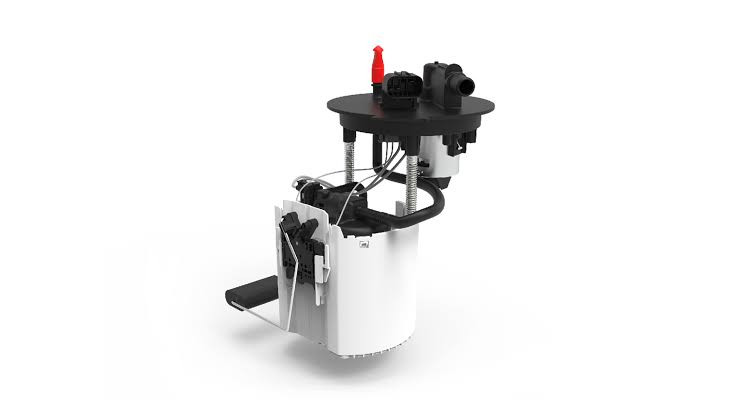In the automotive industry, efficiency and reliability are at the forefront of technological innovation. The fuel delivery module plays a pivotal role in ensuring that vehicles run smoothly, consume less fuel, and adhere to environmental standards.
The fuel delivery module is an integral component of modern vehicles. It ensures that an adequate amount of fuel is supplied to the engine, optimizing performance and efficiency. Key elements like the electrical connection ensure seamless energy transmission, enhancing the vehicle’s overall reliability.
- Fuel return systems are engineered to redirect excess fuel back into the tank, reducing waste and ensuring optimal fuel consumption. The integration of a telescopic tube aids in adjusting the module’s height according to different fuel tank sizes, promoting versatility across various vehicle models.
- The suspension element supports the module within the tank, reducing vibrations and noise for a smoother driving experience. With an efficient fuel pump in place, there is a consistent flow of fuel, ensuring that your engine performs at its peak. Incorporating a suction jet pump aids in propelling fuel towards the engine effectively while an intake strainer filters out impurities from the fuel to prevent potential damage to delicate engine parts.
- The float for fuel level indicator, paired with sender unit for fuel level indicator, provides real-time data on fuel levels helping drivers manage refuels effectively. The reservoir or “swirl pot” ensures that there is always a reserve of fuel available for immediate use enhancing vehicle performance especially during dynamic driving conditions.
Common fuel delivery module problems
- Engine sputtering at high speed or under hard acceleration. This could indicate clogged or damaged fuel injector tips or insufficient voltage supply by the fuel pump driver module.
- Excessive blue or black smoke from the exhaust. This could indicate worn or damaged engine parts, such as valve guides, seals, pistons, or turbocharger, or a faulty injector pump that causes excess fuel delivery.
- Rough idling or engine misfires. This could indicate difficulty in maintaining a smooth fuel flow, which could be caused by a malfunctioning fuel pump driver module or a dirty fuel injection system.
- Sudden loss of power or unexpected acceleration. This could indicate an inconsistent fuel delivery, which could be caused by a defective fuel pump driver module or a faulty fuel pump.
- Failure to start. This could indicate a lack of fuel supply to the engine, which could be caused by a defective fuel pump driver module or a damaged electrical connection.
To diagnose and fix these problems, you may need to check the fuel pressure, clean or replace the fuel filter, injector tips, or fuel pump, or consult a professional mechanic. You can also order high-quality aftermarket fuel system parts from an auto parts store.
In conclusion, upgrading or maintaining your vehicle’s fuel delivery module can lead to significant improvements in performance and efficiency. Ensure you opt for modules equipped with these advanced features for an optimized driving experience marked by reliability and enhanced fuel economy.

Comments (0)
Please login to join the discussion
Be the first to comment on this article!
Share your thoughts and start the discussion